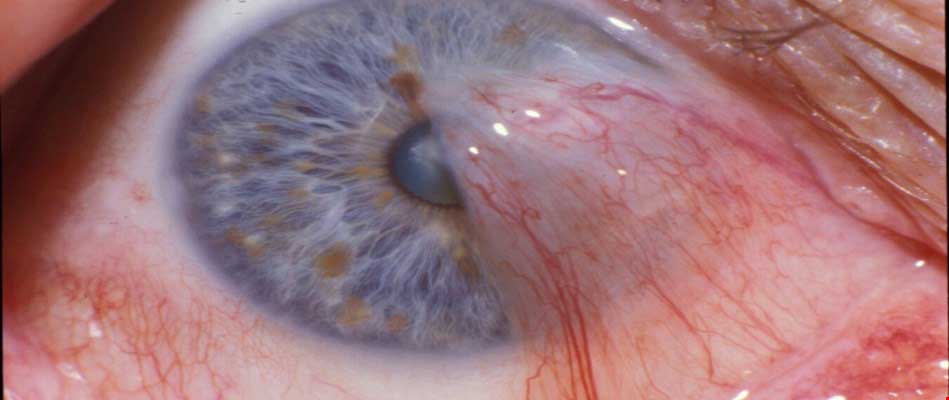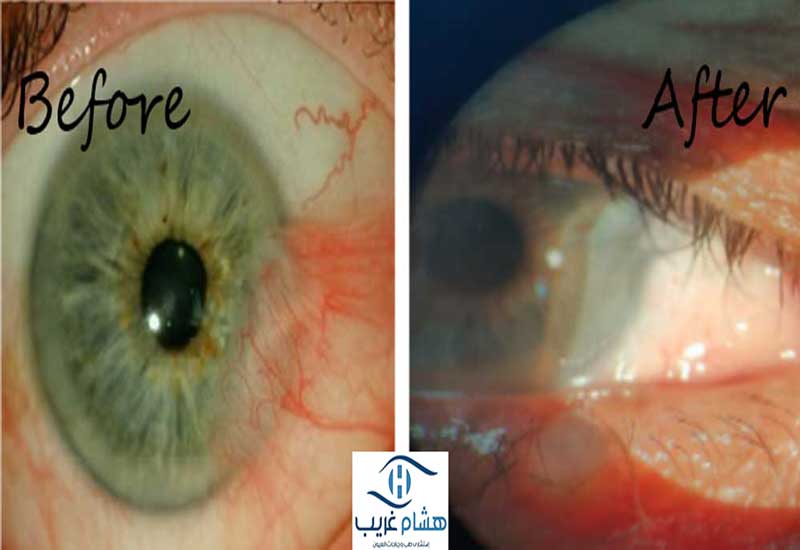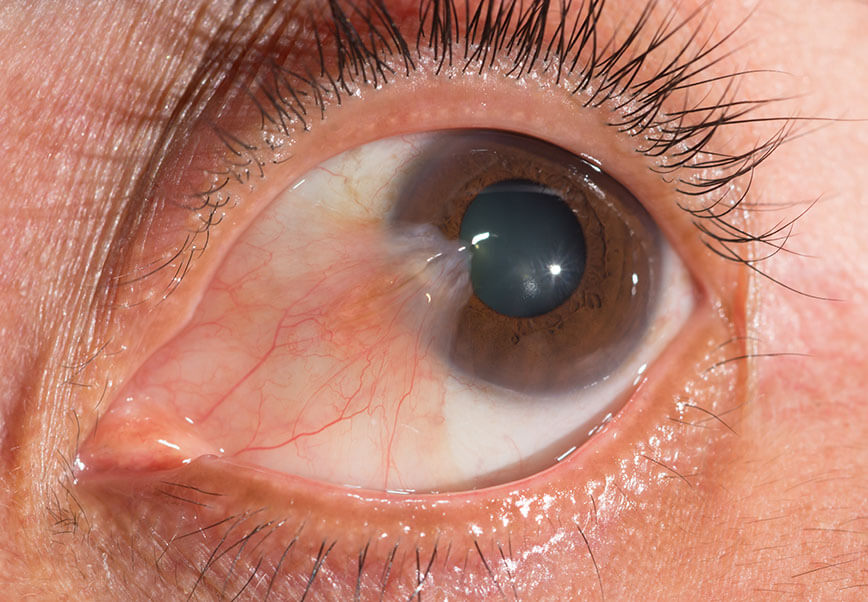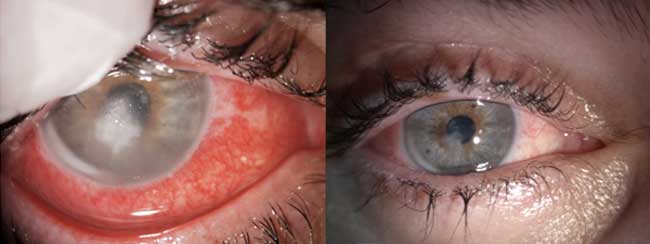Pterygium..... Should I worry???
Pterygium occurs as a result of the growth of conjunctival membranes and their passage to the cornea, hence it acquired its name in relation to the fingernail.
Pay attention pterygium is NOT a malignant disease
Pterygium is a common problem, especially in those who are directly exposed to the sun, and it is often benign, non-cancerous and can occur in one or both eyes.
What are the causes of pterygium?
There are some factors that contribute to the appearance of pterygium, including:
- Direct and continuous exposure to sunlight
- Chronic dry eyes without treatment
- Exposure to factors that cause increased eye irritation such as: dust, smoke, sand and smoking
- Exposure to ultraviolet rays of the sun, especially in our Arab countries, is a key factor for the formation of pterygium
How would i complain from Pterygium??
Often the pterygium is formed and is small in size and does not affect the eye, but when the condition develops, the following symptoms may appear:
- Itchy eyes or burning sensation
- Feeling of sand in the eye
- Chronic eye redness
- Deformity of the ocular surface
- Blurry or double vision: If the pterygium grows to cover a large part of the cornea, it affects vision by increasing astigmatism and changing visual acuity or even loss of image

Does pterygium have an eye drops treatment?
There is no treatment to stop or reverse pterygium formation, but some drops can be used to treat associated symptoms such as redness, eye irritation or dry eyes.
When do I need to have my pterygium surgically removed?
- If the size of the pterygium increases in an annoying way, it leads to a corneal deformity, blocking vision, or persistent inflammation of the cornea.
- If the ophthalmologist suspects a risk of eye surface tumors, they will need to be removed and the tissue analyzed.
- It can be removed cosmetically if it is annoying in the form

Can pterygium come back after being removed?
If the causes of pterygium continue after its removal, it is possible that it will return again
Therefore, the surgical techniques used to remove the pterygium are very important in order to first remove it completely without damage or deformity of the cornea, and secondly to use some techniques that largely prevent its return.
We always recommend that the pterygium should be removed by a corneal Surgery consultant -as ProfDr. Hesham- to get the best desired results
Prevention is better than Treatment
We always recommend following preventive measures against pterygium such as:
- Wear good UV anti-UV sunglasses
- Wear a hat in direct sun
- Treatment of dry eyes and away from dust, smoking and dust





